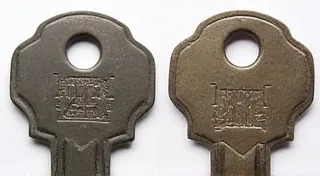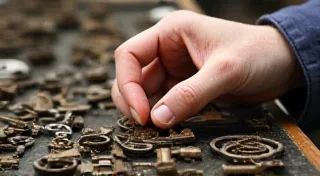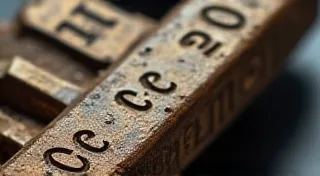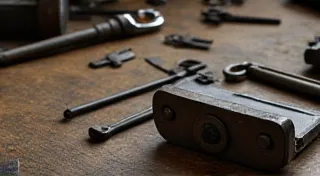Common Key Blanks and Their Uses
Understanding the evolution of keys isn't just about appreciating their decorative qualities; it’s intrinsically linked to the development of lock technology. A crucial, often overlooked, element in this story is the key blank itself. These foundational shapes, before they are cut and fitted to a specific lock, offer fascinating insights into the historical context of key collecting and key identification. This article explores various key blank designs throughout history and explains how these were utilized to create functional keys for different lock types.
What is a Key Blank?
A key blank is the un-cut form of a key. Prior to the widespread adoption of standardized key cutting machines, locksmiths would file and shape these blanks to match a lock’s internal pin or lever configuration. Studying these blanks can provide clues as to the age, origin, and likely intended use of the finished key. Different eras and regions favored specific blank shapes, often dictated by the dominant locking mechanisms of the time. The complexities of antique lock mechanisms frequently meant that subtle differences in key design could mark significant regional or time-period variations; a deeper dive into regional variations in antique keys can provide greater insight.
Early Key Blanks: The Bit Key
The earliest keys, dating back thousands of years, weren't the familiar shape we know today. They were “bit keys,” characterized by a long, flat shaft with a series of notches or “bits” cut along one edge. These keys engaged with corresponding pins in the lock mechanism. While visually simpler, bit keys required significant craftsmanship to ensure a proper fit, and their design was closely tied to the lock's internal structure. The shape of the bit key often mirrored the shape of the lock's housing, leading to a surprisingly ornate appearance, even in functional designs. Imagine the stories that these keys could tell; keys have often been the silent guardians of secrets, and in some cases, have even been integral to lost narratives—a concept explored in The Cartography of Absence: Unlocking Lost Narratives in Antique Keys.
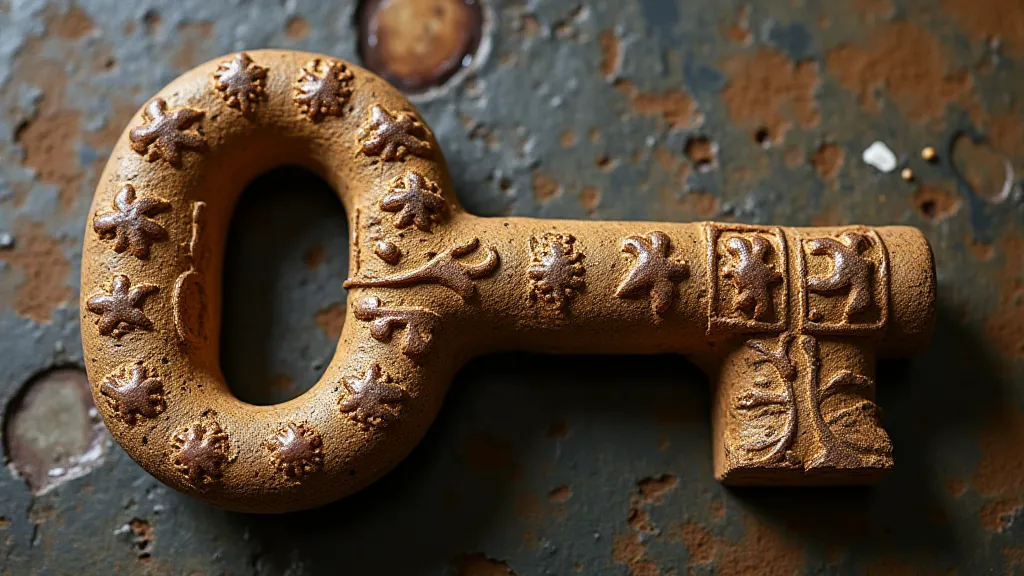
The Ward Key: A Step Towards Standardization
As lock technology advanced, “ward keys” emerged. These keys differed from bit keys because they had a more defined "bow" – the looped handle. The "ward" refers to the projection from the key’s bow that engaged with the lock's warding, a series of obstructions designed to prevent unauthorized access. Ward keys represented an early step towards key standardization, although the shape of the bow and ward varied considerably. These early standardization efforts also laid the groundwork for more complex systems, such as the creation of master keys—devices that grant access to multiple locks—a practice with a fascinating history.
The Barrel Key: A Common Design
The barrel key, instantly recognizable for its cylindrical head, became increasingly common from the 17th century onwards. Barrel keys were generally used with lever locks, a design relying on a series of levers rather than pins. The cylindrical head allowed for easier manipulation and a more robust connection to the lock mechanism. While often seen in later antique keys, they'd be found on keys used for furniture, chests, and even some doors. The robustness of the barrel key design also helped in the development of keys for more secure applications.
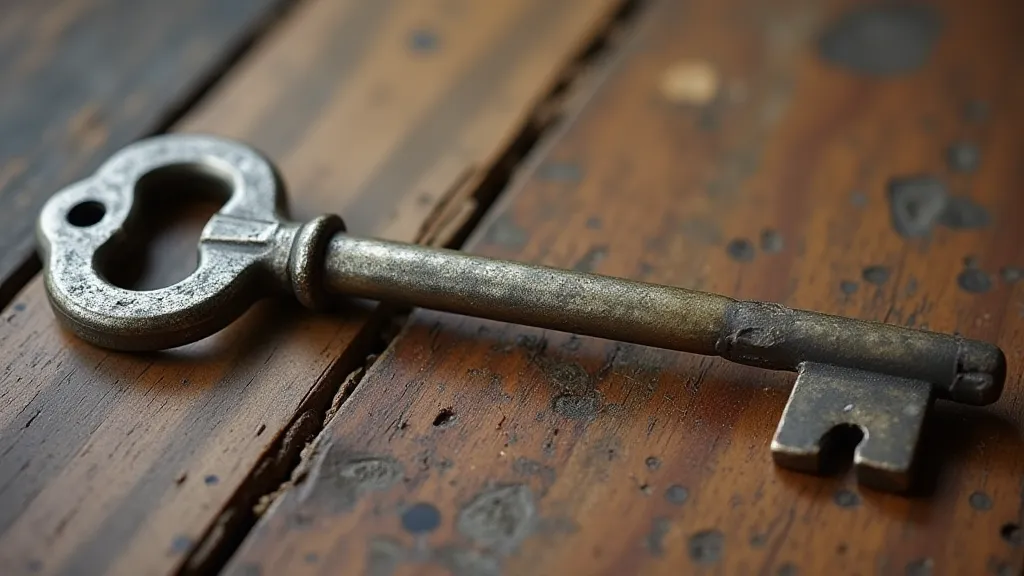
The Mortise Key: A Complex Design
Mortise keys are distinguished by their slot-shaped blade, which slides directly into a mortise – a cutout – in the lock body. These keys are often associated with higher-security locks, frequently used for doors and strongboxes. The mortise design allowed for greater protection against lock picking and forced entry. The shape and size of a mortise key can vary significantly depending on the complexity of the lock it was intended for. The level of security offered by mortise keys led to the practice of identifying subtle provincial marks on these keys, allowing experts to determine their origin and history.
Key Blank Materials & Their Significance
The materials used to manufacture key blanks also provide valuable information. Early keys were typically crafted from iron, brass, or copper. Iron keys were common in early periods but were prone to rust. Brass keys became more prevalent as manufacturing techniques improved, offering greater durability and a more attractive appearance. Copper keys were also used, though they are less common than iron or brass. The type of metal can assist with dating and origin. The value of antique keys is often directly tied to the rarity and condition of the material they’re made from. For example, a pristine iron key from the 16th century might command a higher price than a later brass key due to its rarity and the challenges of preservation.
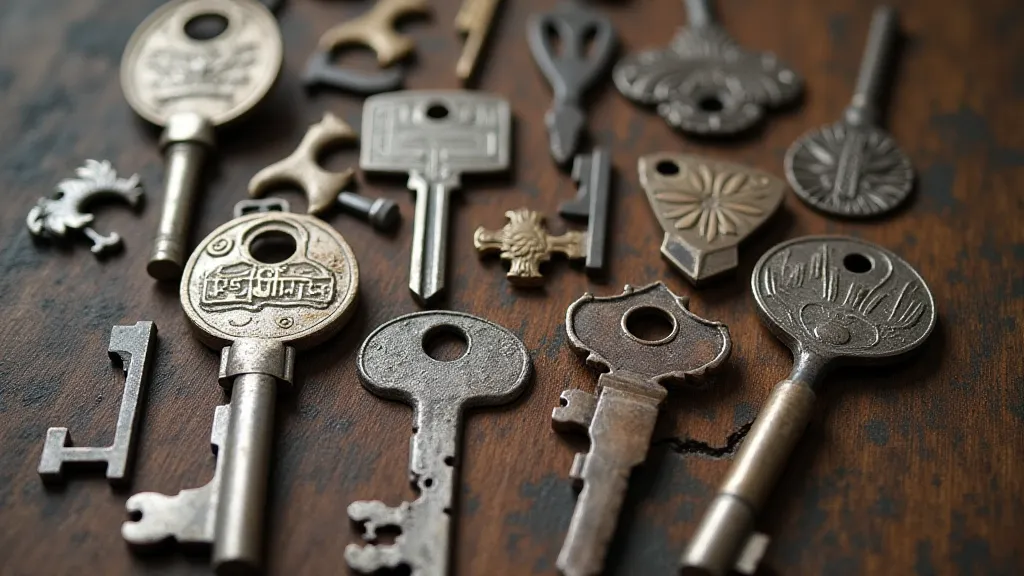
Beyond the Blank: Understanding the Larger Context
Examining key blanks in isolation only provides a partial picture. To truly appreciate their significance, one must consider the broader context of their use. The design of a key blank wasn't arbitrary; it was dictated by the needs of the time, the available technology, and the desired level of security. The evolution of locking mechanisms, from simple wooden closures to intricate pin tumbler systems, directly influenced the design of the keys used to operate them. Furthermore, the skill and artistry of the locksmith played a crucial role in transforming a simple key blank into a functional and often beautiful object.
The Evolution of Locksmithing and Key Design
The development of locksmithing is inextricably linked to societal advancements. As trade and travel increased, the need for secure storage and protection grew, prompting innovations in lock technology. The rise of guilds and specialized crafts fostered the development of skilled locksmiths who honed their skills over generations. The standardization of key blanks, while a gradual process, reflected the growing demand for consistent and reliable locks. The ability to create master keys allowed for a higher level of control and organization, particularly in larger estates and commercial enterprises.
Preservation and Collecting
Antique keys are increasingly recognized as valuable historical artifacts. They offer a tangible connection to the past, providing insights into the lives of those who relied on them. Preservation efforts are crucial to ensure that these artifacts are protected for future generations. Collectors often seek out rare or unusual key blanks, valuing their historical significance and aesthetic appeal. The identification of provincial marks, which can indicate the origin and maker of a key, is a particularly prized skill among collectors. A key’s provenance, or documented history, can significantly enhance its value and appeal.
Conclusion: Understanding Key Blanks Enhances Appreciation
By examining key blanks – their shapes, materials, and design features – we gain a deeper understanding of the history and evolution of locks, and the practical needs of the time. Observing these often-overlooked pieces unlocks a new dimension of appreciation for key collecting and key identification. The subtle differences in key blank design offer a fascinating glimpse into a world of craftsmanship and innovation. Each key blank tells a story, a silent witness to the events and people that shaped our history.


